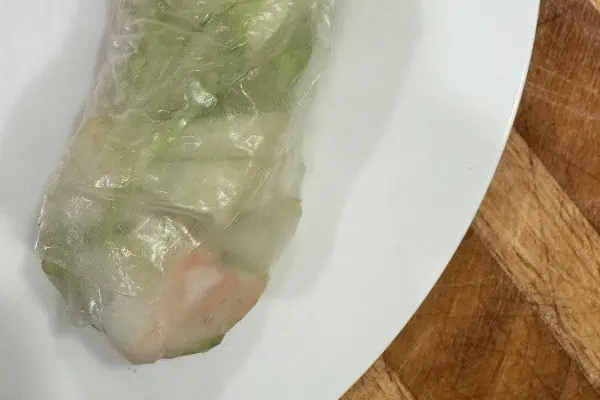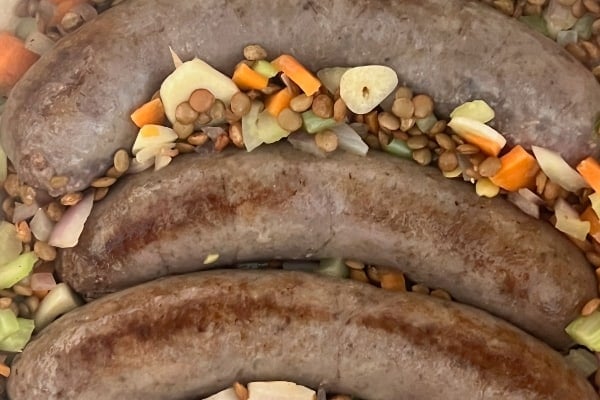Right on schedule, my sprout craving has arisen from where it lay quietly dormant since the
fall, nestled snug beneath the desire for stews and roasted root vegetables.
The herbs I’ve kept in the house are responding to the same cues, with tiny pale green leaves emerging from the nodes of their twiggy stems. I’m betting it’s the light, though the Chinook-like breeze that wafted through after our little taste of -40°C might have something to do with it. I have reports from Teslin that pussy willows sprang out. Back to edible sprouts.
At first I noticed the jar of bright green mung beans in the shed, and I remembered that I never did refill my container in the house. So I brought some in. Then, I remembered the bag of organic fenugreek seed I bought last winter. I set some of those to soak. And from there it spiraled out of control as I inspected my bottles and jars of dried goods with a new eye, wondering which could be brought out of their long sleep and coaxed to unfurl a shoot and a root.
So far I have added peas from Joan and Al Norberg at Grizzly Valley Farms, mustard from my own garden, and lentils from I’m-not-quite-sure-where. And then of course there are the grains.
Buckwheat is one of my favourites to sprout. It is perhaps best known in its ground form as the French sarrasin, the prime ingredient in the galette, a thin crepe from Normandy. Cooked up like rice, it is rather bland, though roasting it first can bring out a bit of nuttiness. Sprout it, though, and it’s a whole new ball of wax.
It can be used raw, in salads, once the tiny white tendrils begin to show green, or ground up into a kind of raw porridge for breakfast, and topped with nuts and fruit, or spiced to make a savory dip or spread. The truly ambitious can sprout any whole grain and then dry it again, before grinding it up for the most nutritious flour you’ll find anywhere.
So what’s the big deal about sprouting, besides indulging my craving for fresh and green things? As with most extreme statements, the ones that tout sprouts as the solution to the world’s problems are overblown. However, sprouting is a great way of increasing the vitamin content of nuts, grains, and legumes. In addition, enzyme inhibitors that keeps the seeds’ energy stores stable while dormant are inactivated during germination, rendering those same stores more accessible to us. Another compound in seeds that is neutralized by soaking (the first step in sprouting) is phytic acid, which binds minerals and inhibits their absorption by our gut.
Any gardener will tell you that seeds lose viability over time, so the jar of lentils that’s been in the cupboard for six years might not sprout as well. That said, there have also been amazing examples where seeds from ancient Egyptian tombs sprouted to life. If you’re cooking them it doesn’t really matter, just don’t chip a tooth on a raw, unsprouted mung bean.
Sprouted Buckwheat “Aioli”
While the buckwheat is certainly non-traditional, this spread or dip has the garlic and oil that give Aioli (think ail + oli) its name. To sprout the buckwheat, place it in a mason jar and secure a piece of onion bag or cheesecloth with the ring from the lid. Cover with water to an inch above the grain and leave to soak overnight. Drain and rinse a few times (no need to remove the top – just pour water through, shake around, and drain) until the water is no longer thick, and leave the jar in a warm place upside down in a bowl for a two-three days, rinsing twice a day.
1 Cup Buckwheat sprouts, sprouted until roots are twice as long as the grain
¼ Cup Olive oil
2 Cloves garlic, minced
Juice of one lemon
Salt and pepper to taste
Place the buckwheat and garlic in a food processor or blender. Mix the olive oil and lemon juice, and add with motor running just until it begins to blend. Once the mixture is smooth, add the rest of the oil/juice mix and salt and pepper. I like a little chili powder as well, but that’s up to you. Use as a sandwich spread or a dip, especially for homegrown carrots.




